Patterns
Kits
sundries
knitting tools, buttons and notions, project bags and other pleasing little things
knitting tools, buttons and notions, project bags and other pleasing little things
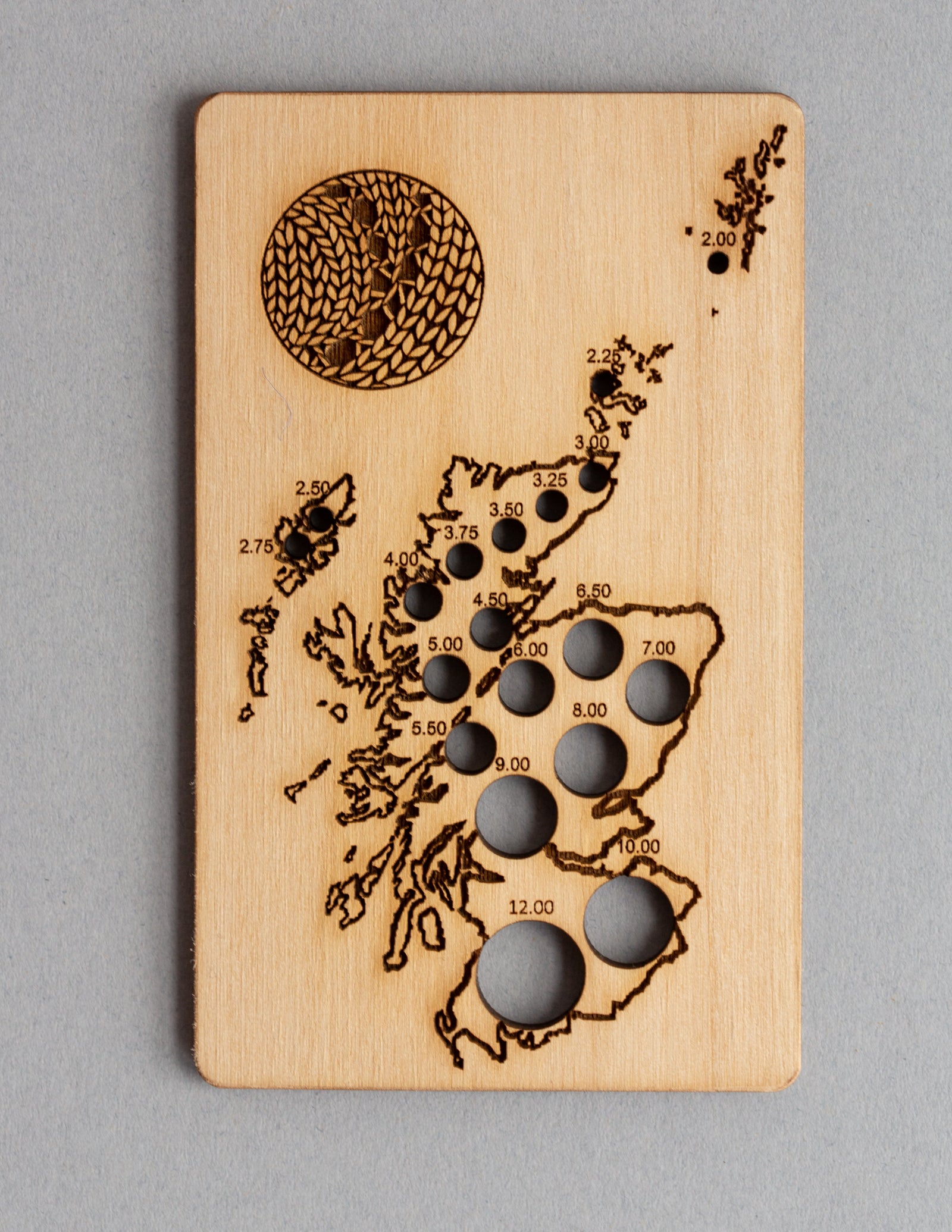
Exclusive Scotland needle gauge by Katrinkles
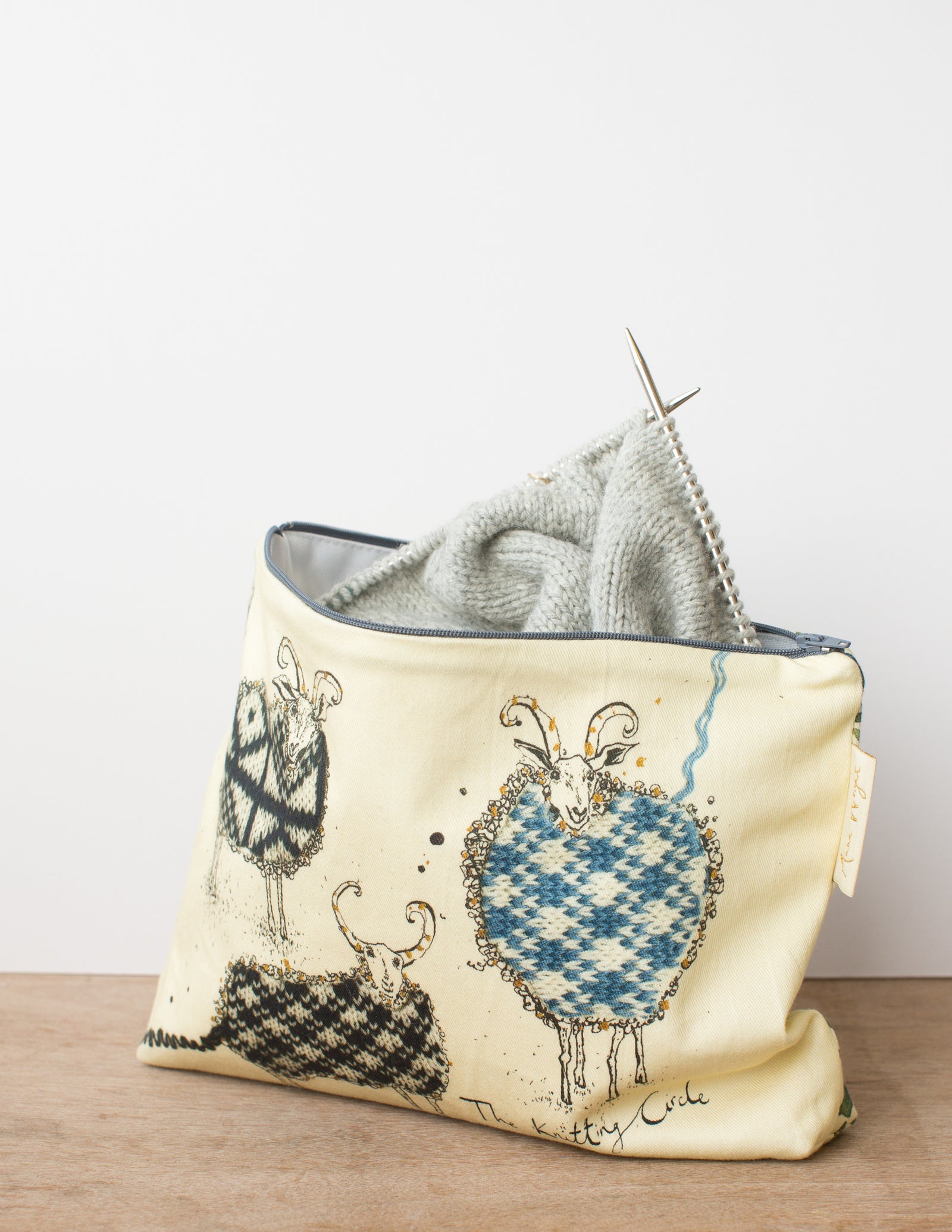
Zippered pouches in two sizes by our studio neighbour Anna Wright
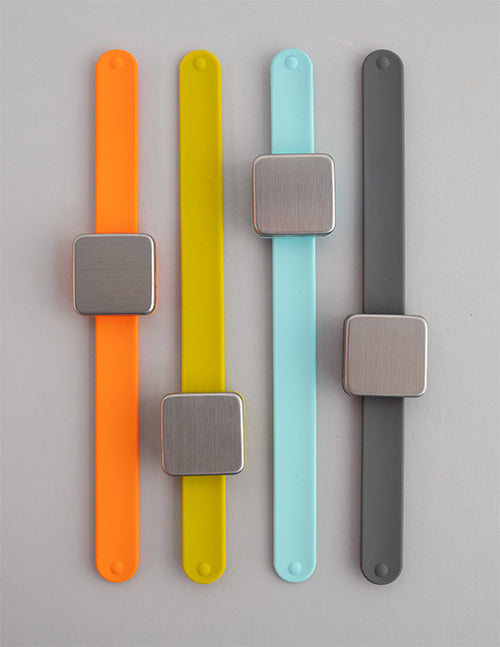
keep small tools accessible with the Maker's Keep
gift 2019
Subscribe to our Colourwork Club for a gift that lasts well into the new year. Your recipient will receive a new colourwork kit in Janurary, February and March
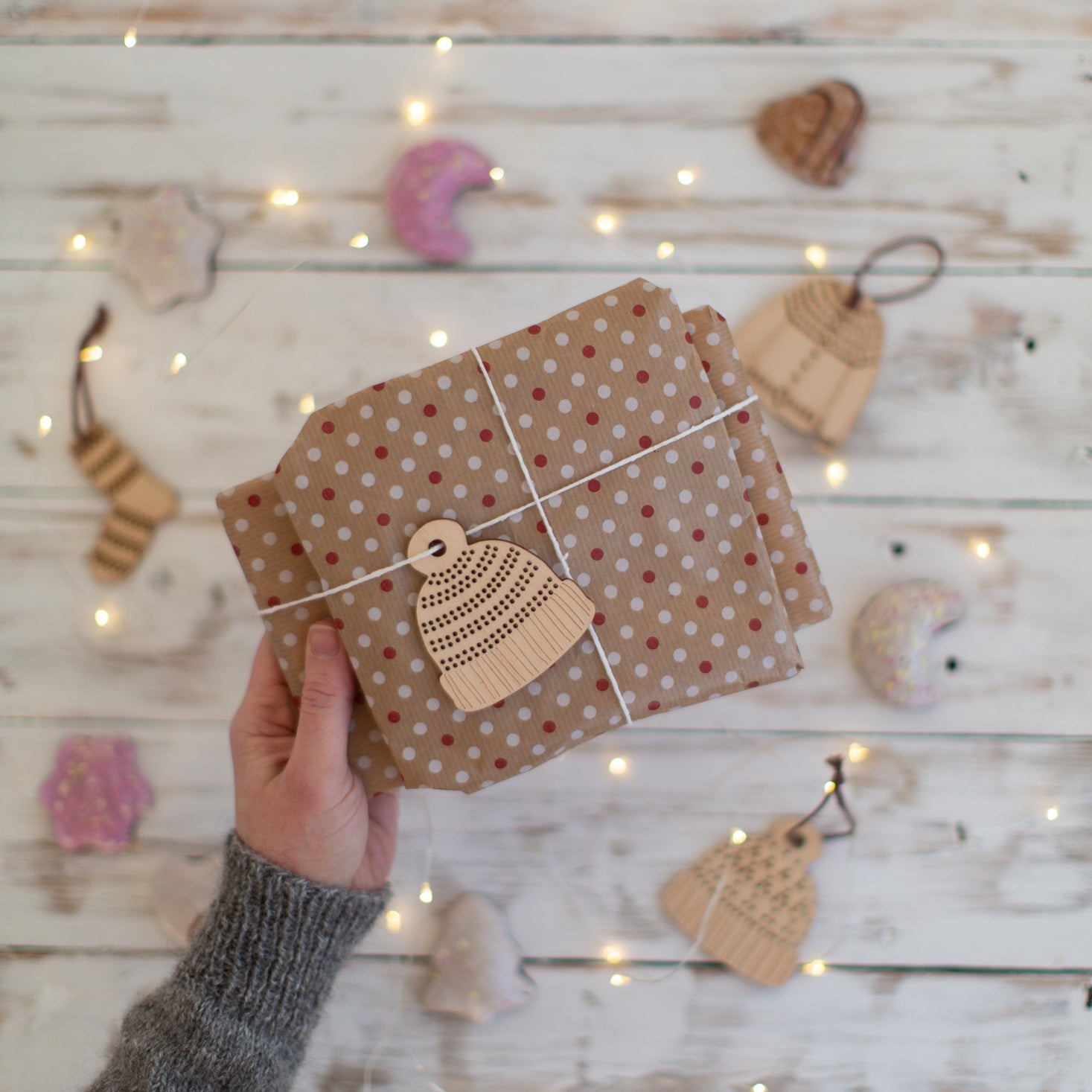
Subscribe to our Colourwork Club for a gift that lasts well into the new year. Your recipient will receive a new colourwork kit in Janurary, February and March
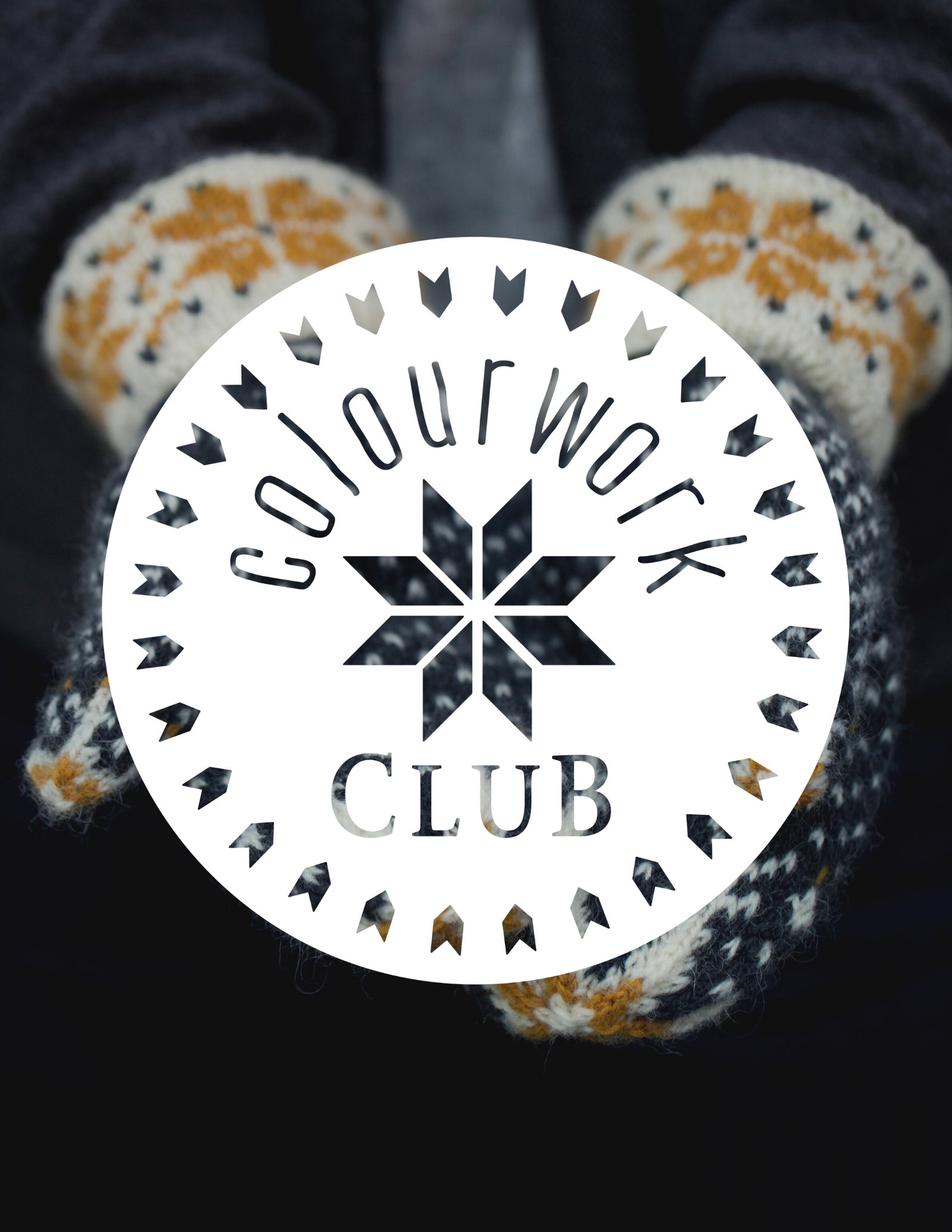
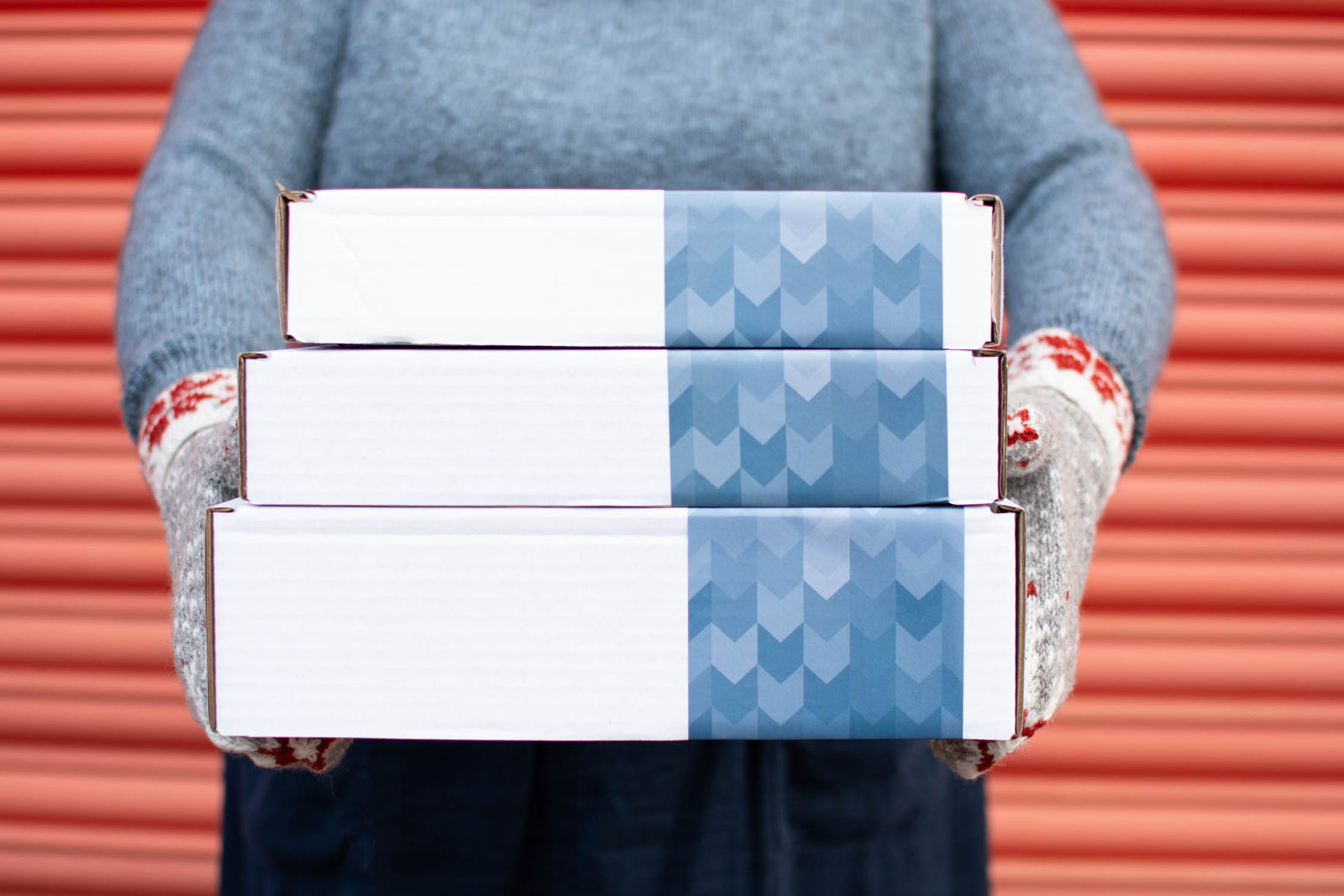
Last minute shopping? Gift cards are delivered electronically - forward the email or print it for your recipient. A range of amounts are available and gift cards don't expire.
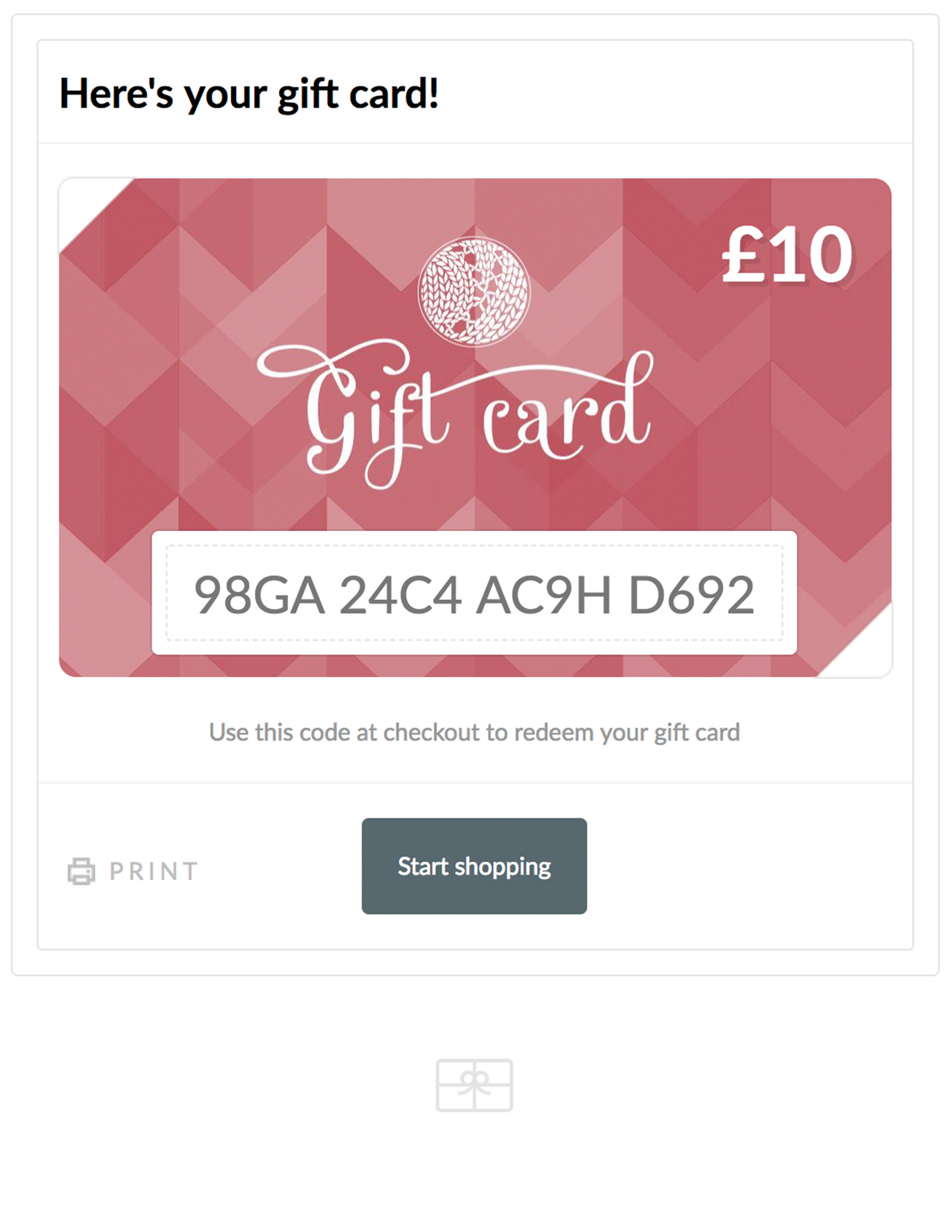
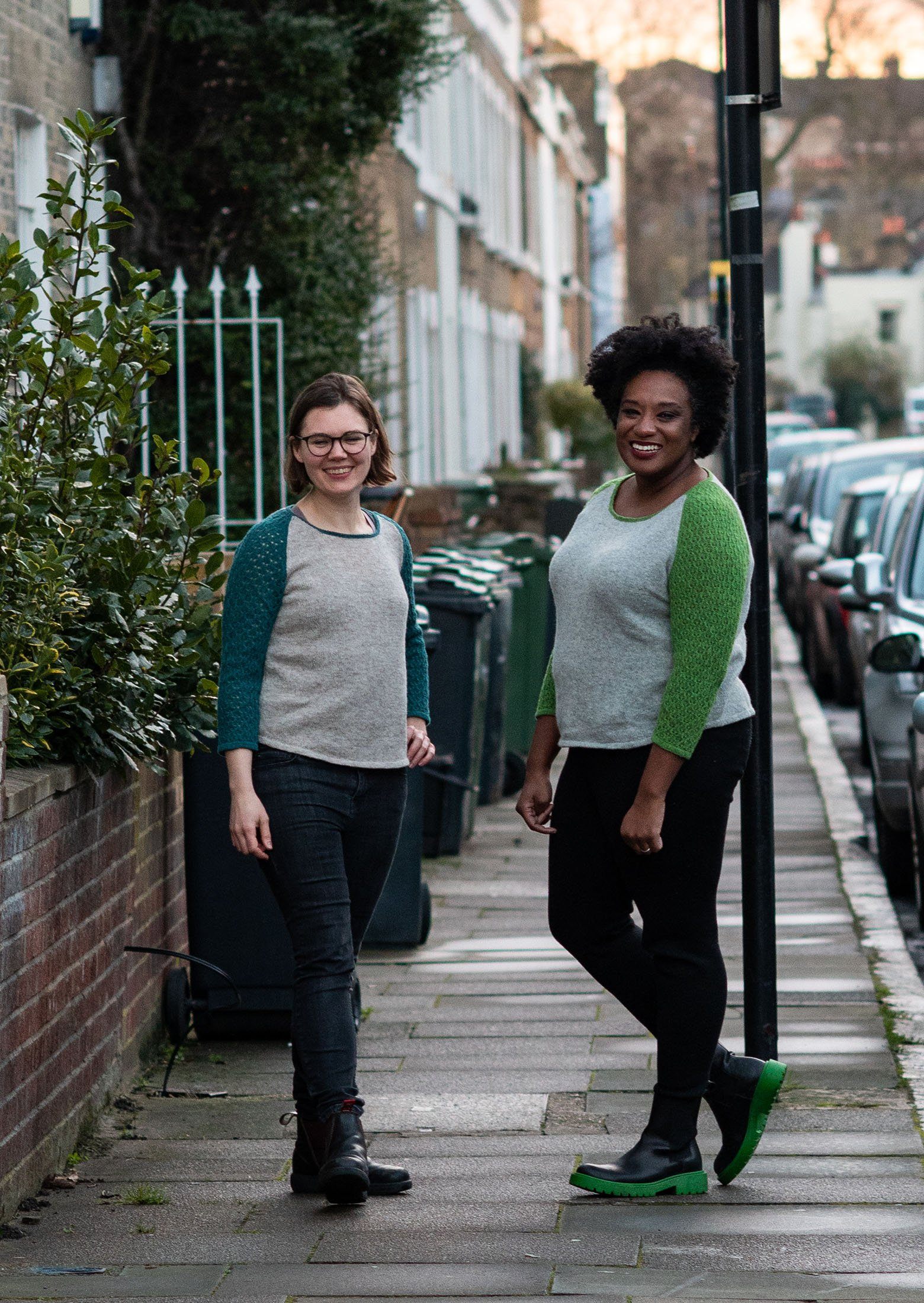
Notes from sweater class – what are we wearing under our sweaters?
May 08, 2012
I’ve lost count of the number of conversations I’ve had at events or in my sweater fitting classes that went something like this:
Knitter: “So the pattern is sized by full bust measurement?”
Me: “Yes, but if you’re larger than a B-C cup you will probably need to make the size that’s closer to your high bust measurement and maybe add some extra room with darts at the bust.”
Knitter: “Right, but I’m just an A cup so I don’t need to worry about that. But I’m confused because you said full bust measurement wasn’t my bra band size and I wear a 36A and my full bust measurement is 36 inches.”
Me: “Uh, are you sure you’re wearing the right bra size. I really don’t think you’re an A cup, I’d estimate that you’re closer to a 32D.”
Knitter: “OMG but a D cup is HUGE!”
Me: “That’s what the media would have you believe, but go get fitted and get back to me.”
2 weeks later via twitter –
Knitter: “Wow, you were right! My clothes look so much better now and my bra straps don’t fall down.”
I’m not relaying this story in a clumsy attempt to make myself sound smart but in the hope that it might help some of you make sweaters that you’re proud of and that make you look and feel awesome. Although after helping so many people try on sweaters and measure themselves it appears that my only possible future employment (sometimes I freak out about how unemployable I’ll be if people stop knitting so please don’t do that!) will be as the strict lady in the bra shop that takes one look at you and reels off a number.
Anyone who’s taken my Perfect Sweater class knows that the section on taking measurements begins with two rules:
– Have someone else take your measurements. Seriously I know it’s tempting to do yourself but if you can accurately measure yourself you’ve also figured out how to clone yourself and should probably stick with being the evil mastermind you obviously are and not worry too much about making a nice sweater. My favourite illustration of how you can’t even take simple measurements of yourself accurately is that if you put a tape measure around the fullest part of someone else’s bust, hold the tape measure loosely in place and then ask them to lower their arms the tape measure will slide further out. And, unless you always walk around with your arms sticking straight out from your sides you want the second measurement. Try taking that yourself.
– Wear the undergarments you’re going to wear with the sweater. Whether that means a push up bra, a light sports bra, a retro bullet bra, a prosthetic, nothing at all, or a binder, I don’t care but it’s going to change your overall shape, possibly including things like posture. This is different from considering the layers you might wear under something like a jacket, which can be considered when adding ease for a particular garment. If you do prefer to wear a structured bra and are not absolutely, perfectly certain that you’re wearing a well fitted bra go take care of that before proceeding to take any measurements.
It seems like the people with a vested interest in doing research on this subject are the same people who want to sell more bras but I’ve seen figures as high as 80 – 90% of bra wearers are wearing the wrong size. Given how different all of our bodies are (if you really want to see how true this is this gallery of breasts of all sizes and ages does a good job of showing how much variation is perfectly normal – obviously NSFW!), how random sizing can be between brands and styles, and how even the same body does not stay the same from 1 breast to the other or through the whole month it seems pretty hard to really quantify. There’s no shortage of anecdote (and I obviously have plenty of my own) that does suggest that large numbers of you are not really the size you think you are and that the more likely scenario is that you’re wearing a band size that is too large and a cup that is too small.
Cup size is proportional to band size – ie. a 36D is more or less the same cup as a 38C you may actually be wearing the correct size cup, but once you go down in band size the letter will get larger (uh, not that letters get larger, but you know what I mean!). One major reason for this is that there isn’t a very clear methodology for measuring your body and choosing a size, but what really doesn’t help is that the vast majority of sources give a very out of date formula that might have worked when bras were made from less elastic materials but certainly isn’t appropriate today. Any formula that tells you to measure around your underbust and add 5″ is going to cause exactly this problem.
How can you tell you might be wearing the wrong size? First of all, if you used any formula like that above. But most obviously, you’re probably uncomfortable. The band riding up or sliding around in any way is an indication that it’s too loose, and since the band will stretch out over time it should be initially snug on the loosest hooks. If it’s cutting in uncomfortably though it’s too small or sitting in the wrong place on your body. If the cups cut into your breast tissue anywhere or some is spilling over the top when they’re either the wrong size and / or the wrong shape – spacing also makes a big difference. If the straps keep sliding down your shoulders unless you tighten them so much they leave dents that’s a sign again that the band is too wide, not that you just need to get used to the straps being tight – they’re sliding off because they’re too widely spaced. When taking measurements flags such as a reasonable difference between high and full bust measurements, other measurements corresponding to a smaller garment size than your full bust would indicate, a difference of more than 1-2″ between front and back shoulder to underbust lengths, are a good indication that you should be a wearing a bra with a cup size larger than B-C and that if you are not it might be a good idea to get fitted.
So can you calculate your bra size from your measurements? Not really, no, but you can get a good indication of whether the size you’re currently wearing is wildly off and find an estimated size to start trying on. Because of all of the aforementioned factors, finding a good fit is a combination of size and particular bra, so there’s really no substitute for trying on and it helps to know what a good fit actually is which is where experienced fitters can be so helpful. This Ravelry page has a pretty good guide to use as a starting point and these guides on Bravissimo and Figleaves may be helpful too.
The best idea is to get a fitting from someone who really knows what they’re doing – which obviously will not be everywhere that offers such a service. Look for a store that actually sells a full size range, in a selection of different styles – if they don’t sell at least a 28 band and cup sizes up to G (not the largest available just an indication that the store has some idea of what they’re doing) then they’re just going to try and sell you something that they stock, regardless of fit. If you can, bug everyone you know and find that magical fitter that can tell you instantly what size and style to start with, but larger chains that have fitters I’ve heard positive things about are Nordstrom in the US, and Bravissimo in the UK (solely for cup sizes above D). If you are looking for harder to find sizes both Bravissimo and Figleaves ship internationally and there are also many smaller online sellers that specialise in particular fitting areas and have reputations for great customer service, it would be extremely helpful to everyone if you could leave your personal recommendations in the comments. Wearing a bra that fits well won’t change your life, but if you were previously wearing one that didn’t it will make you a lot more comfortable and you’ll be ready to take measurements and make a wonderful sweater.
If you want to talk about breasts further, figure out bras that might work well for you and discuss fitting sweaters around your breasts the Ravelry group The Bustline that I linked to above for info on measuring might be just the place for you. I know reading posts there has been helpful for me in figuring this stuff out and thinking about the fitting issues different knitters will have when they knit my patterns. There’s also the less active Itty Bitty Titty Committee, obviously a group for the smaller breasted.
Also in Journal
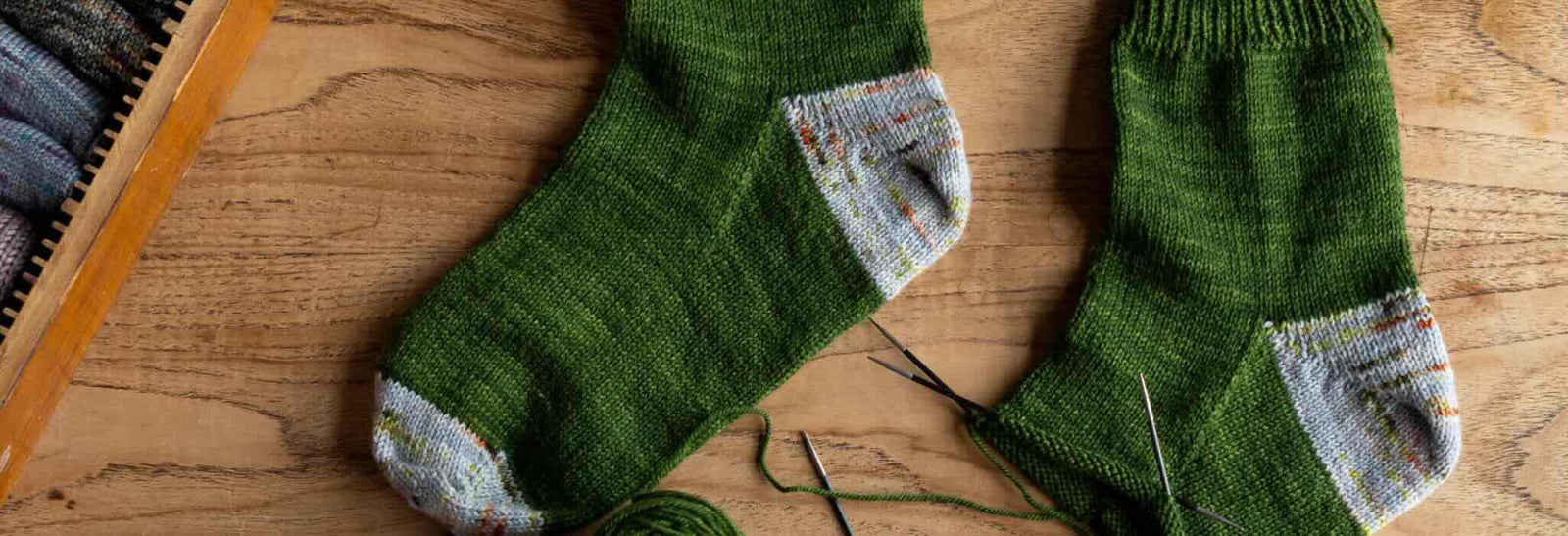
Deep Shadow Heel Tutorial
September 25, 2025
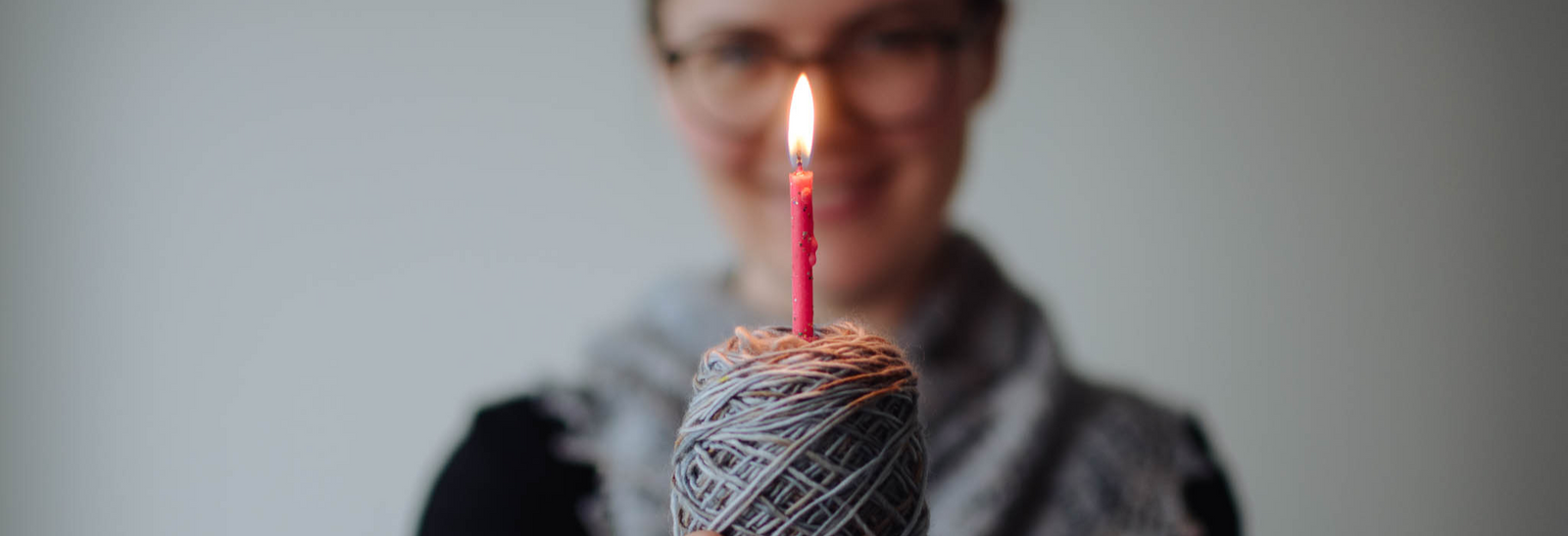
20 Years of Ysolda Knitting Patterns: Part 2
June 23, 2025
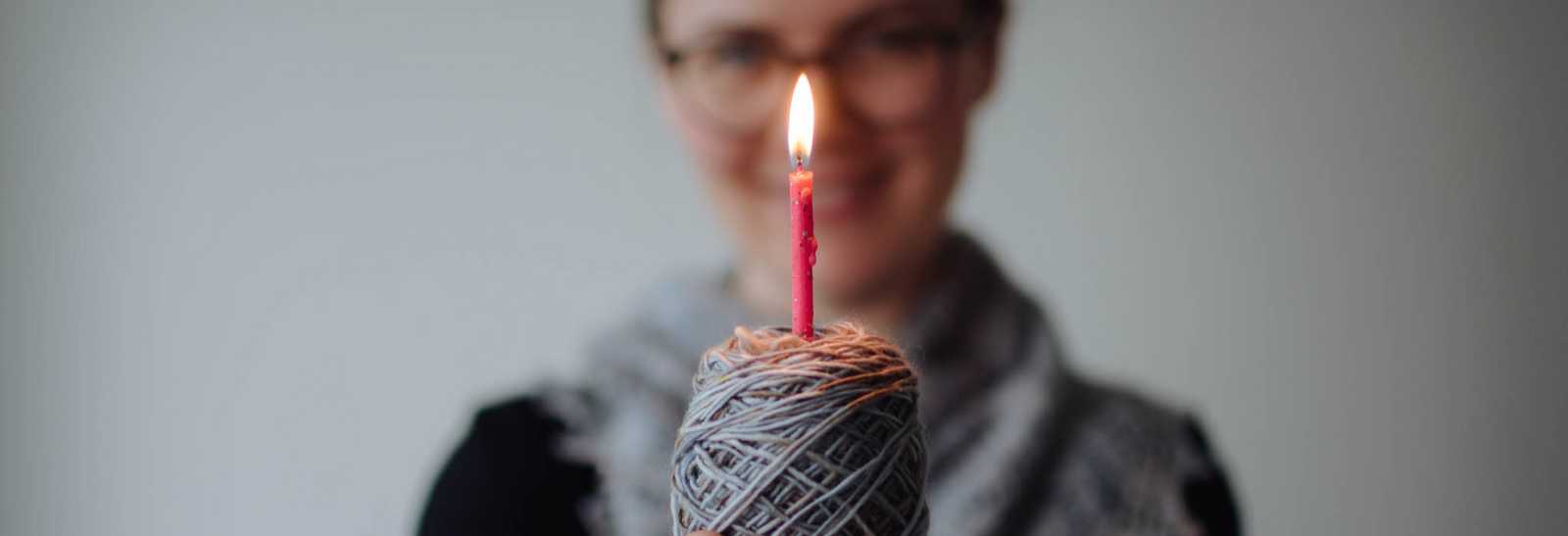
20 Years of Ysolda Knitting Patterns: Part 1
June 19, 2025
Recent Articles
-
Deep Shadow Heel Tutorial
September 25, 2025
-
20 Years of Ysolda Knitting Patterns: Part 2
June 23, 2025
-
20 Years of Ysolda Knitting Patterns: Part 1
June 19, 2025
-
Learn to Knit: Mattress Stitch
March 29, 2023
-
How to Knit a Scarf: A Beginners Guide to Scarf Knitting
March 23, 2023
-
Learn to knit: the long tail cast-on
February 03, 2022
-
How to Graft Your Knitting
December 09, 2021
-
Crochet Provisional Cast-on
December 02, 2021
-
Learn to knit: How to knit in the round with double pointed needles
November 25, 2021
-
Learn to knit: How to knit in the round using the magic loop technique
November 25, 2021
Free resources
-
KALS, step-by-step pattern guides and free patterns
Learn brioche with the free Daniel's Hat pattern
Tombreck - a free chevron beanie pattern
Working the brioche neck detail on the Polwarth sweater
Installing a zipper and ribbon, finishing wee Carson
Yarn colour ideas for Threipmuir sweater
Additional colourways for the Joy mitts (choose your pride flag)
How to join the shoulders on Wardie
How to join the pockets on Granton and Wardie
Finishing Resources for Granton
Broughton mittens tutorial part 1
Broughton mittens tutorial part 2
Broughton mittens tutorial part 3
Basics
Casting on
Decorative Channel Island Cast-on
Binding off
3 Easy Stretchy Bind-offs (p2tog bind-off; k2togtbl, k1 bind-off; Jeny's surprisingly stretchy bind-off)
Tubular Bind-off for brioche stitch
Increasing
Paired increase methods compared
How to continue in pattern while increasing and decreasing
Decreasing
Brioche stitch double decreases
Knitting in the round
How to Knit in the round using Magic Loop
How to Knit in the round using DPNs
Short rows
Swatching and gauge
Tips and tricks
Avoiding ears when binding off
Tighter purl stitches for neater cables and ribbing
Cabling without a cable needle
How to knit more symmetrical yarn overs
Bust darts in sweaters with all over stitch patterns
A magic formula for evenly distributing shaping
Superwash v Non-Superwash Wool
Picking up sts from the middle of the fabric
Reading knitting patterns
Understanding "continue in pattern"
Help! Where am I in my knitting project?
Using charts, even if you hate them
Finishing
Garment knitting
Joining the body and sleeves on a seamless bottom up sweater
Sizing
Ysolda’s sizing chart for knitwear designers
Inclusive garment knitting
How to pick a garment without a model for you (specifically addresses finding garment patterns when your gender identity isn't represented and the styles you want to knit might not be sized to fit your body)
How does ease affect inclusive size ranges?
Specific stitch patterns
Lace
Identifying and fixing mistakes in lace knitting
Colourwork
Getting started with stranded colourwork
Understanding colour dominance
Working stranded colourwork over small circumferences
Decreases in stranded colourwork
Holding the yarn for stranded colourwork
Ladderback Jacquard (a neat way to deal with long floats)
Cables
Cabling without a cable needle
Cabling without a cable needle on the wrong side
How to knit cabled decreases
Closed ring cable increases and decreasesBrioche
How to work brioche stitch in the round
Other crafts
Cross stitch
How to begin your first large cross stitch project
How to finish a cross stitch project with an embroidery hoop frame
Mending

Sign up today
Find out the latest news from the studio such as sales, pattern releases, and new workshops or KALs our learning community, The Knitwork. We also share helpful tips and exclusive subscriber discounts...



